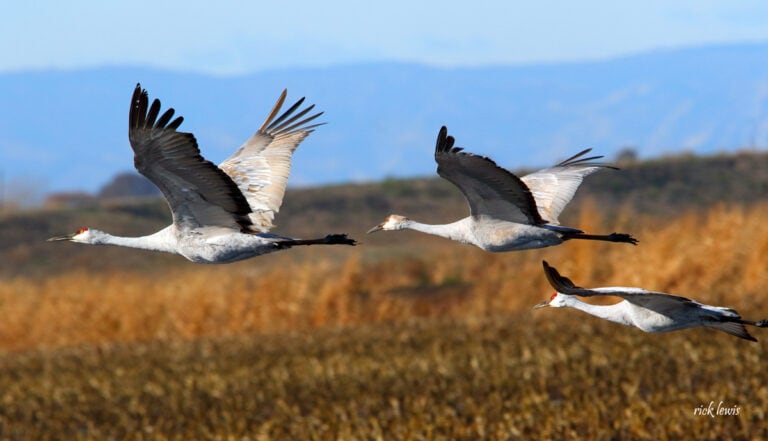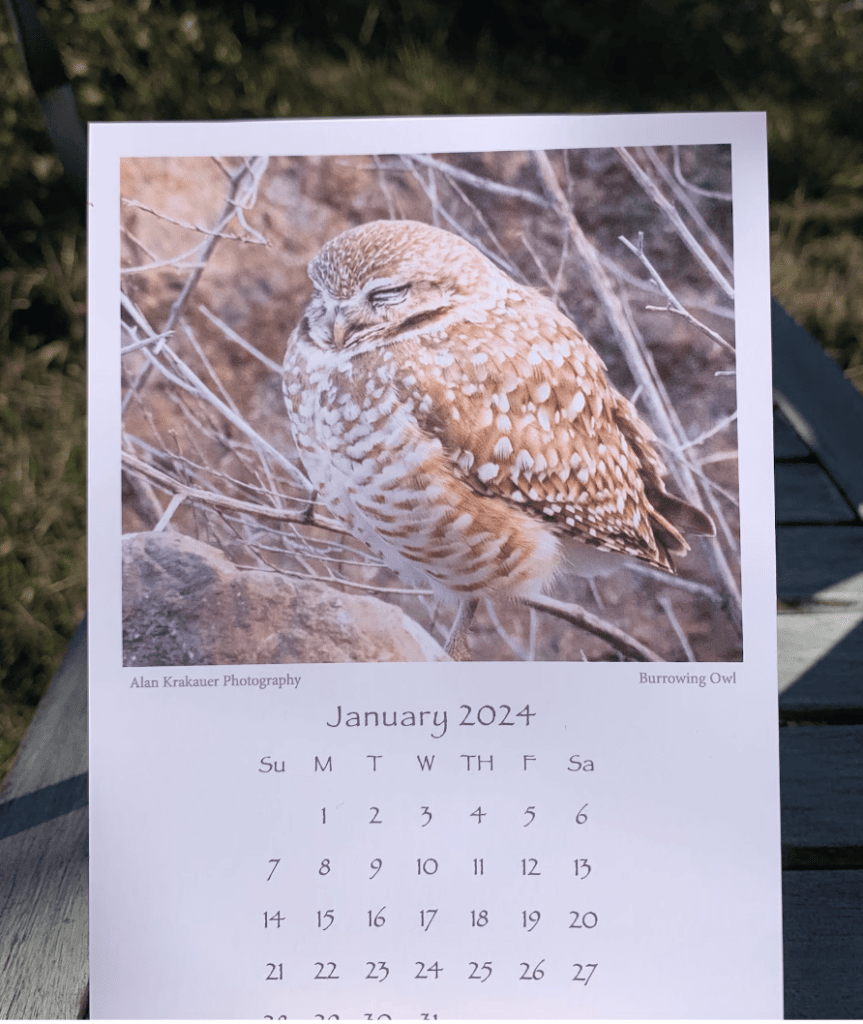Audubon’s Save the Seabirds Fly-In
By Sierra Glassman and Emily Banno
We’ve lost 70% of seabirds worldwide over the last 70 years. Our warming climate pushes the forage fish that seabirds eat deeper and further offshore, and overfishing puts additional pressure on these important food resources. Loss of shoreline habitats leaves coastal communities vulnerable to floods and deprives seabirds of crucial nesting areas. As aspiring ornithologists passionate about conserving both our birds and communities, we were eager to sign up for Save the Seabirds Fly-in, an opportunity for Audubon on Campus students to speak with lawmakers in support of federal protections for forage fish and investment in natural infrastructure.
On October 16, 2023, we landed at Reagan National Airport after a collective six hours of sleep. After depositing our carry-ons in our rooms, we went off to explore the Smithsonian Natural History Museum. We were particularly drawn to the “Birds of D.C.” display, its taxidermied Passenger Pigeon and Carolina Parakeet — a grim reminder of what we were trying to prevent. We returned to the hotel to join up with the rest of the cohort for dinner at the Lauriol Plaza. Gustavo Figueroa, the Student Outreach Associate for the National Audubon Society’s Audubon on Campus Program, greeted and introduced us. In total, over twenty campuses were represented by almost thirty students from across the country.
The next morning, we attended training at the Audubon office to prepare for our congressional meetings. We were grouped with Sonia Stan and Estephania Quintana, fellow California representatives who started the University of California, San Diego chapter. Jesse Walls, an Audubon lobbyist, was our mentor. He taught us how to speak to the representatives as constituents and helped us practice our personal connections to seabirds and natural infrastructure. After a bento box lunch, we nervously Uber-ed to Capitol Hill.
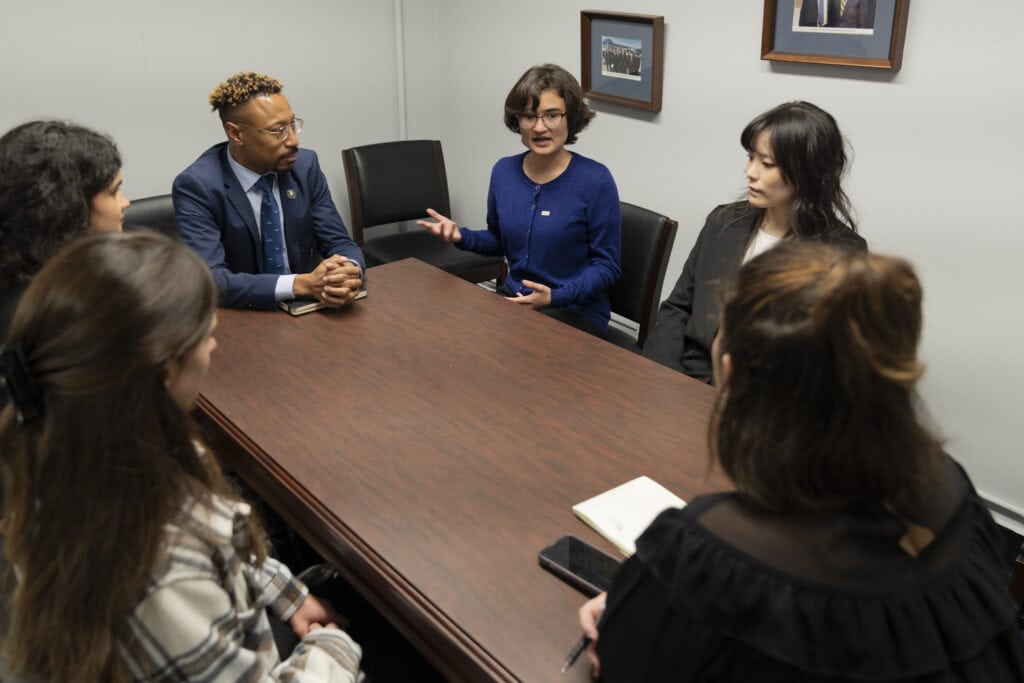 Senior Director of Government Affairs at NAS, Jesse Walls, and Campus Chapter members speak to Hon. Brad Sherman’s (D-CA) Legislative Aid, Emma Silver (bottom right), during the National Audubon Society Seabird Fly-In on Capitol Hill in Washington, DC on Tuesday, October 17, 2023. The Seabird Fly-In is held to build grassroots pressure on Congressional decision makers to take the declining seabird population crisis seriously. Credit: Sydney Walsh
Senior Director of Government Affairs at NAS, Jesse Walls, and Campus Chapter members speak to Hon. Brad Sherman’s (D-CA) Legislative Aid, Emma Silver (bottom right), during the National Audubon Society Seabird Fly-In on Capitol Hill in Washington, DC on Tuesday, October 17, 2023. The Seabird Fly-In is held to build grassroots pressure on Congressional decision makers to take the declining seabird population crisis seriously. Credit: Sydney Walsh
The meetings were less formal than we expected. Jesse amicably chatted with each staffer about the current shutdown before we got into each of our stories. The staffers seemed sympathetic to the issue and close to our age, making it easier to connect with them.…

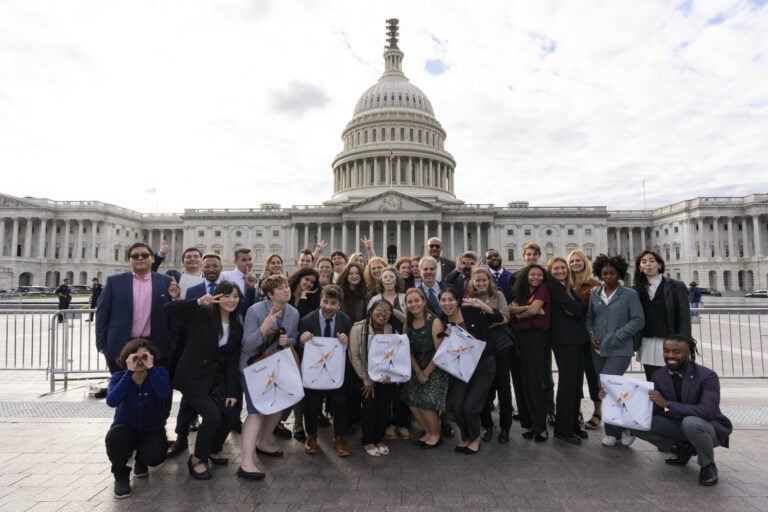
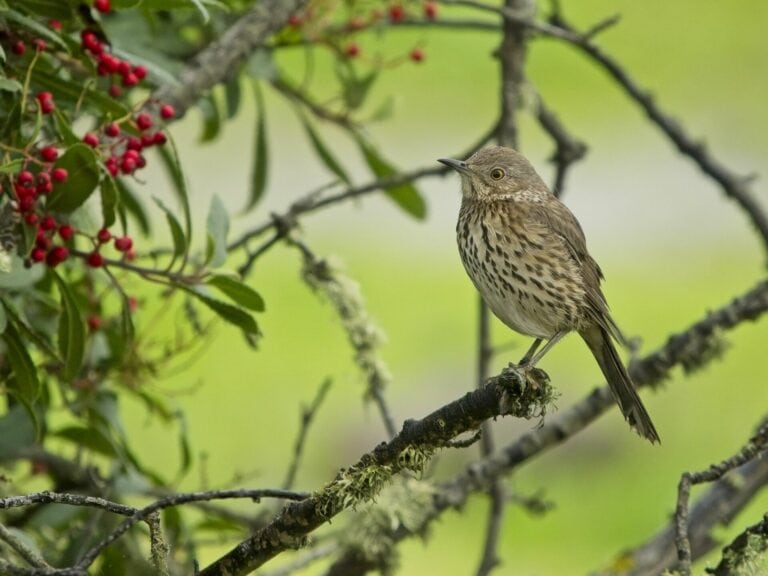
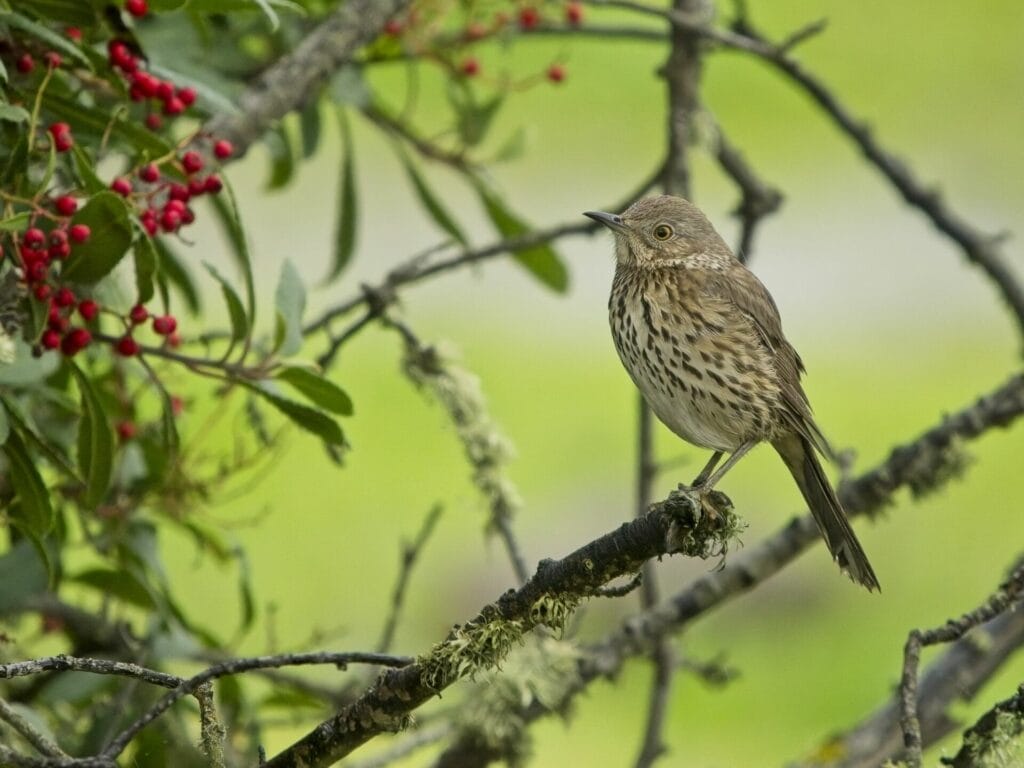 Sage Thrasher by Adam Winer
Sage Thrasher by Adam Winer
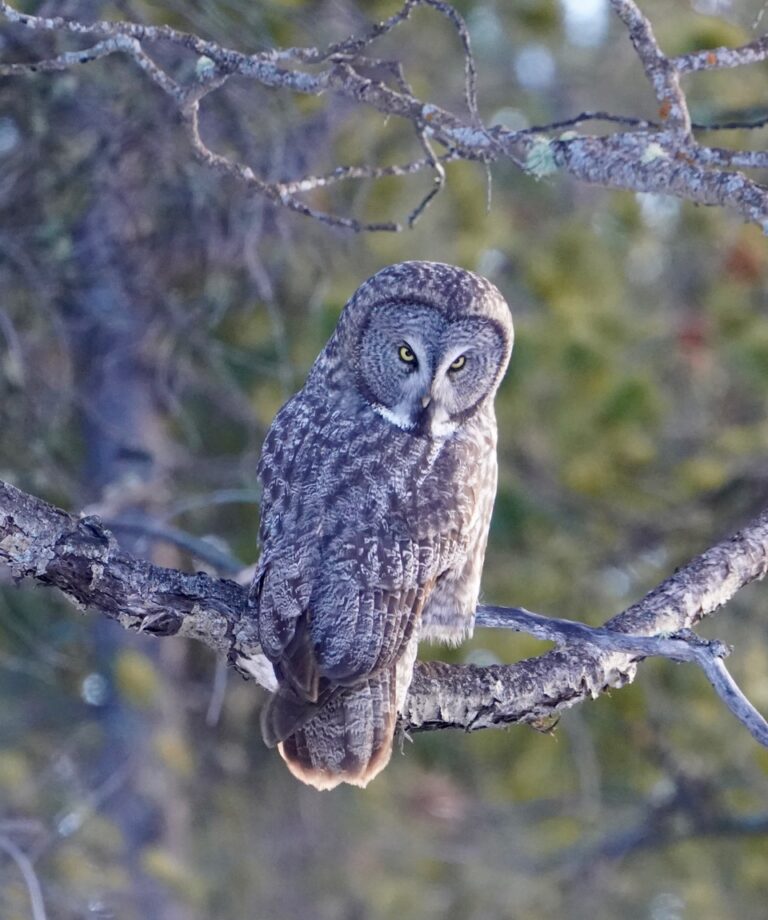
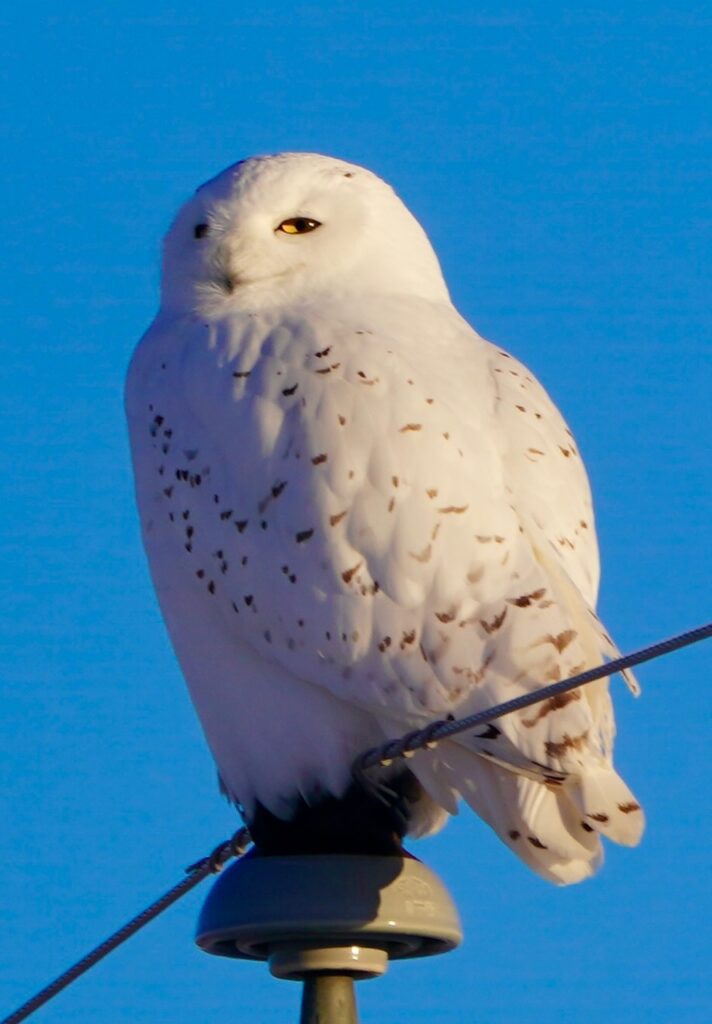 Snowy Owl by Mick Griffin
Snowy Owl by Mick Griffin
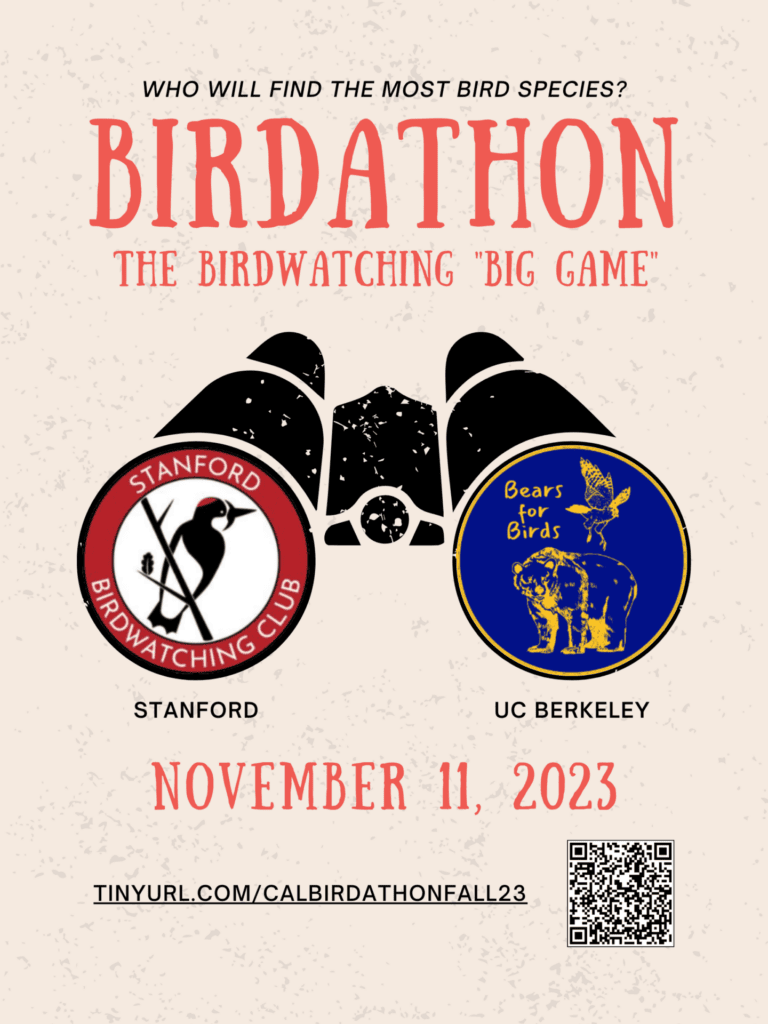
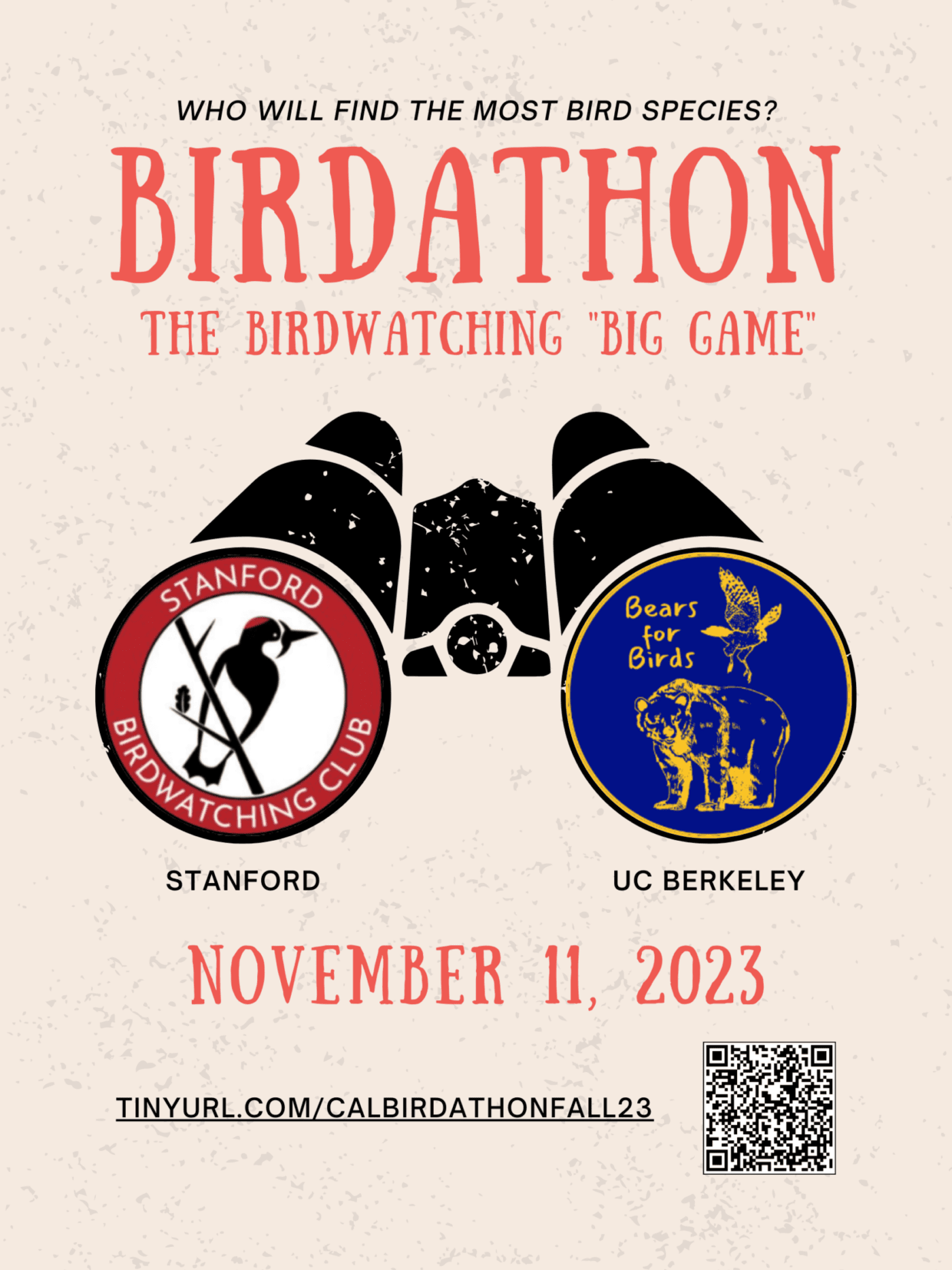
 Sierra and Shrey debating a chip note above memorial stadium. It turned out it was from a Golden-crowned Sparrow. Credit: Emma Teng.
Sierra and Shrey debating a chip note above memorial stadium. It turned out it was from a Golden-crowned Sparrow. Credit: Emma Teng.
